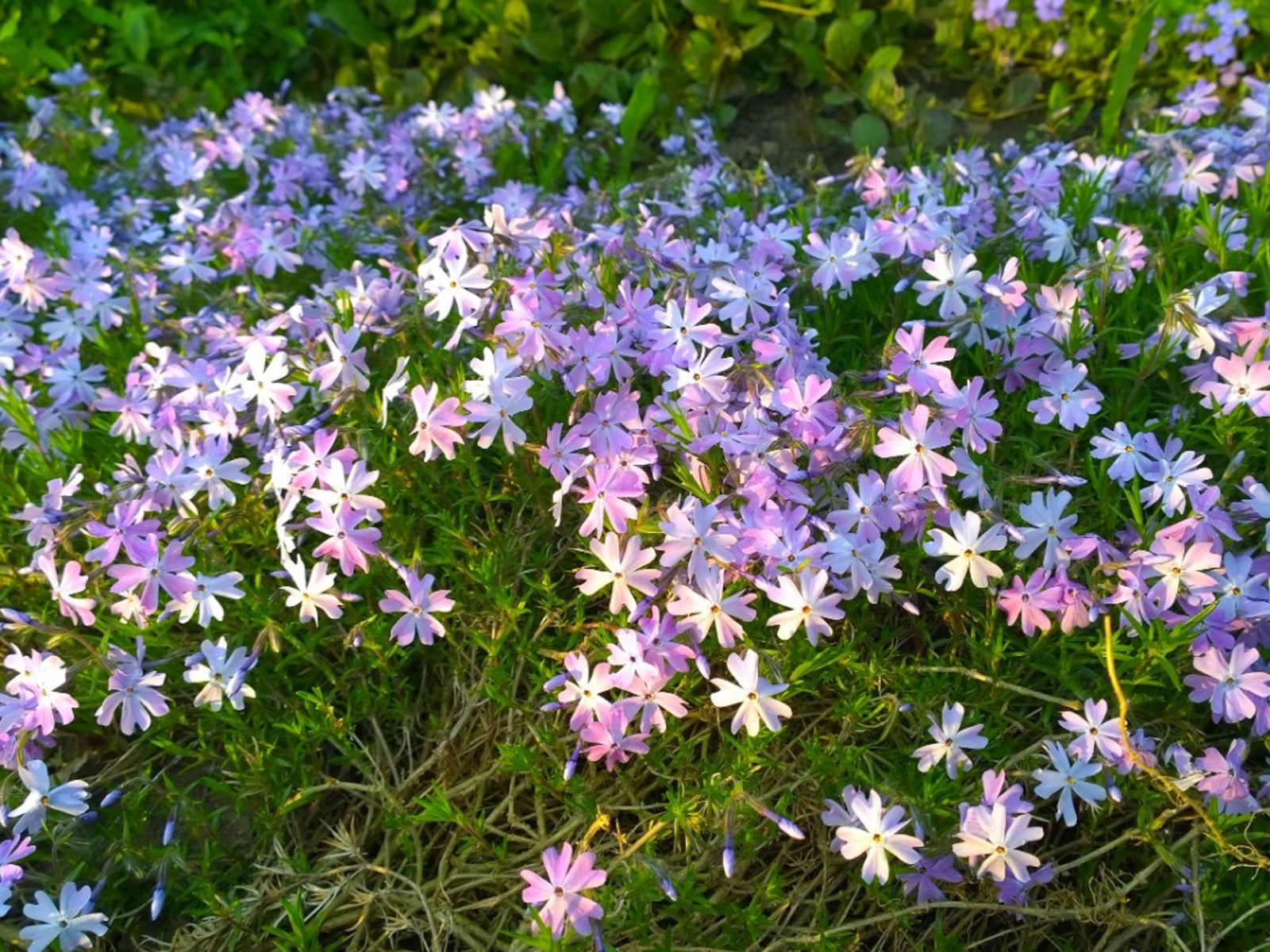Rotting Creeping Phlox Plants: Managing Black Rot On Creeping Phlox


Black rot on creeping phlox is a major problem for greenhouse plants, but this destructive fungal disease can also afflict plants in the garden. Severely infected plants often die because the roots are unable to take up nutrients and water. Early identification and treatment are critical for managing the disease. Read on to learn what to do about creeping phlox with black rot.
Symptoms of Black Rot on Creeping Phlox
Creeping phlox with black rot may initially look like the plants lack fertilizer. When infections are mild, older leaves are often yellowish green, while younger leaves may take on a reddish tint. As the disease progresses, lower leaves curl downward. The roots of rotting creeping phlox plants display light brown spots and lesions develop on the stems. Eventually, the roots shrivel and turn brown or black.
Causes of Creeping Phlox Black Rot
Black rot is favored when the weather is moist and temperatures are cool, between 55 and 61 degrees F. (12-16 C.). The disease is less common when temps are 72 degrees F. (22 C.) and above. Black rot on creeping phlox is spread through the soil and by rain or overhead sprinklers via waterborne spores. Excessive irrigation contributes to the problem. Plants grown in alkaline soil are also more susceptible to black rot. In greenhouses, fungal gnats are efficient at spreading the disease.
Treating Creeping Phlox with Black Rot
Treating creeping phlox with black rot is difficult because the spores live in the soil, on gardening tools, and in infected pots for a long time. However, careful monitoring and vigilant care can limit damage. Here are a few helpful tips: Remove diseased plants or plant parts immediately to limit spread of the disease. Dispose of infected growth in sealed bags or by burning. Avoid overwatering. Irrigating in the morning is best because the foliage has time to dry before temperatures drop in the evening. Fertilize regularly, but don’t overfeed the plants. Lush new growth may be more susceptible to black rot disease. Thin plants as needed to avoid overcrowding. Maintain slightly acidic soil because black rot thrives in neutral or alkaline conditions. Test your soil first to determine how much adjustment is needed. Tests are available at most garden centers. Your local cooperative extension office can also advise you about soil pH. If you’re growing creeping phlox in a greenhouse, be sure to keep the growing area, and the entire greenhouse, as clean as possible. Don’t re-use trays or pots for phlox or other susceptible plants. Many ornamentals are susceptible to black rot, including:
Fungicides may be effective when applied regularly, but only if applied when symptoms first appear. If weather conditions are conductive to black rot, consider treating with fungicide before symptoms show up.
Sign up for the Gardening Know How newsletter today and receive a free copy of our e-book "How to Grow Delicious Tomatoes".

A Credentialed Garden Writer, Mary H. Dyer was with Gardening Know How in the very beginning, publishing articles as early as 2007.